|
TT |
Tên bài và tác giả |
Số Trang |
|
1 |
Research on PAHs emission from small scale incinerators: A case study in Yen Lac District, Vinh Phuc Province Nguyen Tien Dung 1*, Vu Duc Toan 2*, Nguyen Nu My Ha 3 1 Institute of Environmental Science and Technology, Vietnam Cooperative Alliance; nguyentiendunghb78@gmail.com 2 ROOM strong research, Environmental and life science research laboratory, Thuyloi University; vuductoan@tlu.edu.vn; huongntl@tlu.edu.vn 3 Ha Tinh University; ha.nguyennumy@htu.edu.vn *Corresponding author: nguyentiendunghb78@gmail.com; vuductoan@tlu.edu.vn; Tel.: +84–914953335 Abstract: An evaluation of the PAHs emission from small scale incinerators (SSI) in Yen Lac district, Vinh Phuc province, Vietnam was assessed. Twenty-four representative dust samples from the SANKYO incinerators were taken. The concentration levels of PAHs in the samples were determined using gas chromatography coupled with mass spectrometry. The main applied research methods include field observation and sample analysis. The results of the analysis revealed the time trend variation of PAHs concentration in samples. In April, June, September, and November, Σ16PAHs concentrations ranged from 97.83 to 113.0 µg/m3, from 105.32 to 119.04 µg/m3, from 107.25 to 118.73 µg/m3 and from 101.56 to 139.48 µg/m3, respectively. The mean percentages of L–PAHs, M–PAHs and H–PAHs in the analyzed dust samples are 55.7%, 33.8% and 10.5%, respectively. These values can be explained by the PAHs physical chemical properties as well as combustion technology of Sankyo incinerator. The emission factor of 16 PAHs is ranged from 0.0018 to 0.300mg/kg. The results of this study can be applied to estimate the amount of PAH generated when burning domestic waste in rural areas. Keywords: PAHs; Emission factor; Small scale incinerators |
1 |
|
2 |
Trend and forecast the saline intrusion at estuaries in the coastal Mekong delta: A case study of the coastal sub–region between the Tien and Hau Rivers Nguyen Van Hong 1*, Nguyen Thao Hien 1, Nguyen Thi Diem 2, Le Duc Thuong 2 1 Sub–Institute of Hydrology Meteorology and Climate Change; nguyenvanhong79@gmail.com; nthien2710@gmail.com 2 Mien Trung University of Civil Engineering, Phu Yen, Viet Nam; nguyenthidiem@muce.edu.vn, leducthuong1980@gmail.com *Corresponding author: nguyenvanhong79@gmail.com; Tel.: +84−913613206 Abstract: Saline intrusion is a big challenge for the Mekong Delta region, a negative factor that greatly affects water and food security. In particular, the most severely affected areas are the coastal sub–regions between the Tien and Hau rivers in the lower Mekong basin, which are directly influenced by the tidal regime. In the dry season, the salinity changes complicatedly from year to year. It is necessary to analyze and assess the trend and forecast of saltwater intrusion in 2 main tributaries. In this paper, the study are used Mann–Kendall non–parametric testing method, Sen's slope estimator test, and the MIKE 11 model (HD+AD). The results are evaluated based on statistical analysis at the significance level α < 0.1 (probability of making type I error is 10%), ensuring the exclusion of extremely unstable values to the trend, the selecting the station that is qualified to calculate the Sen’s slope tr Sen’s slope trend will represent a typical regional saline intrusion regime feature. At the same time, the article also gives the results of forecasting the level of saline intrusion at a few main stations on the two tributaries of the Tien and Hau rivers in 2022. Keywords: Saline intrusion; Tien river; Hau river; Mann–Kendall; Sen’s slope; Forecast. |
12 |
|
3 |
Assessment Model for Water Quality Progression of Gia, Re, and Da Do River for Drinking Water Purpose in Hai Phong City An Thi Hoang1, Hang Thi Dieu Tran1 , Anh Phuong Tran1 , Nam Anh Nguyen1 , Tu Van Tran1 , Chung Bao Tran1 1 Water Resources Institute, Ministry of Natural Resources and Environment; Anht510@wru.vn; hangtd1001@gmail.com; phuongtran.monre@gmail.com; namanh.luna@gmail.com; trantuvfu@gmail.com; ChungTB26@wru.vn *Corresponding author: anht510@wru.vn; Tel.: +84–963952484 Abstract: Gia, Re, and Da Do Rivers are the main surface water resources providing fresh water to the habitants of Hai Phong City. They are at risk of water pollution due to the release of multiple waste streams along the rivers. The main objective of this study is to establish water quality models for Gia, Re, and Da Do Rivers using the MIKE 11 Ecolab model. The studied pollutants include BOD5, NH4+, NO3–, DO, etc. Pollution trends can be predicted using pollutant load generation in the water quality model. The simulation results give relatively high correlation coefficients (0.8–0.88) and the relative error of 4–18% ensures the quality of the model. Concurrently, the research team calculated the water quality index (WQI) in the 2020 dry season for eleven locations on three rivers Gia, Re and Da Do based on the following parameters: T, pH, COD, BOD5, NH4+, NO3–, DO, As, Pb, Coliform, E. coli, etc. WQI results, with the combination of field observation and simulations, show that the water quality of Gia River is very good of Re river is an average; while the water quality of Da Do River decreases gradually from upstream at a good level to downstream at an average level. These WQI results provide a high–level assessment of the river water quality, which will assist the management of surrounding wastewater treatment systems to maintain the supply of water purpose of these three rivers to Hai Phong City. Keywords: Water Quality; MIKE 11 Model; WQI; Gia River; Re River; Da Do River |
22 |
|
4 |
Proposal of a standard experimental model to determine the contaminant removal rate constants in subsurface flow constructed wetlands Thu Phuong Pham1*, Dai Quyet Truong 2, Duc Tung Le 1, Viet Quang Nguyen1 1 School of Environmental Science and Technology, Hanoi University of Science and Technology; phuong.phamthu@hust.edu.vn; leductung96@gmail.com; nv.quang2027@gmail.com 2 School of Civil and Environmental Engineering, University of Technology Sydney (UTS), City Campus, Broadway, NSW 2007, Australia; quyettruongdai@gmail.com *Corresponding author: phuong.phamthu@hust.edu.vn; Tel.: +84–902299312 Abstract: The objective of this study was to establish a standard experimental model to determine the removal rate constants of wastewater pollutants in subsurface flow–constructed wetlands. Such the rate constants of removal processes of removal processes of COD, BOD, NH4+, total nitrogen (TN), etc., are important parameters for calculating the size of wetlands, yet the data published in the international textbooks and research articles fluctuate in very wide ranges, that make it challenging to design constructed wetland accurately. By evaluating influencing factors and referencing available models, we proposed the experimental wetland model of cylindrical shape (Ø18cm and 30cm height), with the type of material and plant, which must be specified for each experiment determining the rate constants. The experimental procedure has been given, including setting up the system, running experiments to collect data, and processing data to calculate the rate constant. The initial experiments with small gravel and common reed plant, determining the removal rate constants of COD, NH4+ and TN, provided good repeatability results, and the values are within a reasonable range with the published values in the world. This result shows the applicability of the proposed experimental model and procedure to determine the contaminant removal rate constants in constructed wetlands uniformly. Eventually, a complete set of more converging rate constants data can be obtained, which improves the accuracy of the constructed wetlands setup. Keywords: Subsurface flow constructed wetland; Rate constant; Ammonium; COD; Total nitrogen |
36 |
|
5 |
Potential production of bioplastics PHAs (polyhydroxyalkanoates) from paper–mill wastewater Minh Ky Quang Ho 1*, Thai Duy Ngo 2, Thu Thi Minh Nguyen 1 1 Department of Environmental Science, Sai Gon University; hkqminh@sgu.edu.vn; ntmthu@sgu.edu.vn 2 Saigon University Institute of Environment - Energy Technology; thaingo.ieet@sgu.edu.vn *Corresponding author: hkqminh@sgu.edu.vn; Tel.: +84–947169769 Abstract: The extensive use of petroleum–based synthetic plastics is leading to various environmental problems such as ecological impact, and untreated plastic waste, particularly micro–plastic pollution. Bioplastics are, therefore, considered one of the prospective solutions to replace conventional plastics. PHAs (polyhydroxyalkanoates), one of the widely studied and applied bioplastics, is synthesized by microorganisms when their living conditions are unfavorable. Many species of microorganisms capable of synthesizing PHAs are found in different environments. In the study, we focus on isolating and screening bacteria capable of synthesizing PHAs from activated sludge of paper mill wastewater treatment system. The results have shown two types of bacteria that have the highest synthesizing productivity: Bacillus Megaterium BP5 and Alcaligenes Aquatilis BP6. Their highest yield of PHAs synthesis was reached at the time 48 hours of incubation, which their dry biomass of 41.19% and 49.11%, respectively. Keywords: PHAs; Polyhydroxyalkanoates; Polyhydroxybutyrate; Wastewater; Bioplastic. |
45 |
|
6 |
A comparative analysis of regression equations for rating curve development at a gauging station in Da river, Northern Vietnam Minh Dang Tran Duc 1, Huy Dao Ba 1, Quynh Hoang Diem 1, Tinh Nguyen Thi 2, Hanh Nguyen Duc 1, Vinh Tran Ngoc 3, Giang Nguyen Tien 1* 1 Faculty of Hydrology, Meteorology and Oceanography, University of Science, Vietnam National University, Hanoi. Add: 334 Nguyen Trai Street, Thanh Xuan District, Hanoi, Viet Nam; dangtranducminh_t65@hus.edu.vn; daobahuy_t66@hus.edu.vn; diemquynhoang918@gmail.com; nguyenduchanh@hus.edu.vn; nguyentiengiang@hus.edu.vn 2 Center for hydro–meteorological observation, Viet Nam Meteorological and Hydrological Administration. Add: 8 Phao Dai Lang, Lang Thuong, Dong Da, Ha Noi, Viet Nam; tinh.nt.198@gmail.com 3 Department of Civil and Environmental Engineering, University of Michigan, Ann Arbor, MI, USA; vinhtn@umich.edu *Corresponding author: nguyentiengiang@hus.edu.vn; Tel: +84–912800896 Abstract: Constructing rating curves at hydrological stations is of tremendous significance for water resources management, yet in Vietnam, it has not been given the adequate attention it deserves. In this study, eight traditional regression equations representing the linear and non–linear correlation between gauging discharge and water level (stage) at PoLech station in Da river, were evaluated with the aim of determining the most suitable equations for discharge interpolation and high flow extrapolation. A straightforward segmentation technique was proposed to simplify the automatic piecewise regression. The results revealed that: i) Second–order polynomial regression equations (in which stage is independent variable and either Q or Q1/2 is dependent variable) proved to be the most efficient for discharge interpolation, when automatic piecewise regression was applied; ii) The linear regression equation illustrating relationship between square root of discharge and stage performed the best for high flow extrapolation; iii) The amalgamated rating curve, which was formed by utilizing all–years rating data, could be used for each year interpolation with care and additional research is required in relation to its accuracy. The potential of being able to generate continual discharge estimations at a low cost and with relatively uncomplicated calibration methods is expansive. This approach has the potential to encourage researchers, aquatic ecosystem stewards, water quality monitors, or appraisers of upstream withdrawals to start gauging river discharge on a more regular basis from an operational standpoint. Keywords: Regression; Rating curve; Da river; Interpolation; Extrapolation of discharge |
53 |
|
7 |
Assessment of the pollution concentration of phthalate este (PAEs) affecting the water quality of Ho Tay Lake Vu Thu Huyen 1*, Vu Duc Toan 2 1 Customs Inspection Department, General Department of Vietnam Customs; thuhuyenvu98@gmail.com 2 ROOM strong research, Environmental and life science research laboratory, Thuyloi University; vuductoan@tlu.edu.vn *Corresponding author: thuhuyenvu98@gmail.com; Tel.: +84–837086095 Abstract: The study presents the evaluation results of typical PAEs (6 PAE indicators) of the PAE family in water samples from Ho Tay Lake, Hanoi. The quality of lake water in general and in Hanoi in particular is influenced by many factors. The sources of treatment in lake water such as restaurant businesses and residential areas nearby, can degrade lake water quality. In order to assess water quality, three methods are still implemented: survey method, data collection, sampling and sample analysis method, and risk assessment method. DEP with the largest value in May 2022 and November 2022 is 0.048 and 0.0846 respectively, in the very low to low-risk range. Keywords: PAEs; Risk assessment; Composition; Pollution. |
70 |
|
8 |
Ecological risk assessment attributed to rice and maize yield reduction due to long-term ground-level O3 impacts: A case study in Tay Ninh, Vietnam Loan Tuyet Thi Le 1,2 , Phong Hoang Nguyen 1,2 , Long Ta Bui 1,2* 1 Ho Chi Minh City University of Technology; loan.le2402@hcmut.edu.vn; nhphong@dcselab.edu.vn; longbt62@hcmut.edu.vn 2 Vietnam National University Ho Chi Minh City; loan.le2402@hcmut.edu.vn; nhphong@dcselab.edu.vn; longbt62@hcmut.edu.vn *Corresponding author: longbt62@hcmut.edu.vn; Tel.: +84–918017376 Abstract: The agricultural sector of Tay Ninh province accounts for about 28% of the province’s economic structure with agricultural land areas of 269,250 ha, contributing to 66.7%; particularly, cultivation accounts for 80% of the agricultural economic structure value. Sustainable agricultural development is an urgent mission as the local agricultural sector plays a quite important role in the local economy. Currently, tropospheric O3 has been evaluated as an air pollutant, causing crop yield reduction and significant economic damage. This study had built a methodological framework based on the application of the coupled Weather Research and Forecasting (WRF)/ Community Multiscale Air Quality Modeling System (CMAQ) model to assess the status of ground-level O3 concentration allocation in Tay Ninh province, Vietnam with typical cases of crop seasons (spring paddy and maize) in 2018, combined with existing exposure-response functions to quantify agro-economic losses. With the simulated 8-hour mean surface O3 concentration (daytime) ranging from 10.9 to 113.5 μg/m3, the economic impacts on rice (the spring season) and maize production were determined to reach more than 184 billion VND, contributing to roughly 0.18% in the total Gross Regional Domestic Product (GRDP) of Tay Ninh province in 2018. Moreover, this is also considered a baseline study to serve as a basis for extensive assessments and propose O3 precursor emissions control measures shortly. Keywords: Ground-level O3; Spatio-temporal distributions; Exposure; Crop production losses; Economic impacts |
80 |
|
9 |
Modified methods of oil cleanup with cellulose–based adsorbents: a review Trinh Trong Nguyen 1,2, Nguyen Dinh Loc 1 , Thai Van Nam 1* 1 HUTECH Institute of Applied Sciences, HUTECH University, 475A Dien Bien Phu Street, Ward 25, Binh Thanh District, Ho Chi Minh City 700000, Vietnam; tt.nguyen@hutech.edu.vn; 6009220001@hufi.edu.vn; lochenni@gmail.com; tv.nam@hutech.edu.vn 2 Ho Chi Minh City University of Food Industry, 140 Le Trong Tan Street, Tay Thanh Ward, Tan Phu District, Ho Chi Minh City 700000, Vietnam; tt.nguyen@hutech.edu.vn; 6009220001@hufi.edu.vn *Corresponding author: tv.nam@hutech.edu.vn; Tel: +84–945007990 Abstract: Oil spills and contaminated water sources are responsible for polluting marine environments, which in turn has adverse effects on marine ecosystems and public health. Among various oil removal methods, adsorption is the preferred technique due to its speed, simplicity, low cost, and eco–friendliness. In this paper, we will review methods for modifying the oil adsorption properties of cellulose to enhance its adsorption capacity. We have reviewed 287 relevant worldwide documents in recent years and selected 142 documents for use in this study. The review results of the number of documents show that there are three main methods for transforming cellulose–based adsorbents, including (1) Physical transformation methods such as mechanical crushing, or pressing, heat treatment, and the plasma technique; (2) Chemical modification methods such as mercerization, acetylation, grafting, acidification, aerogel modification, cationic surfactant; and (3) Bioremediation (immobilization of microorganisms). Among these modification methods, cellulose–based aerogels have shown remarkable oil absorption capabilities of up to 170.0 g/g, superhydrophobicity (with a water contact angle of 156.7o), and the ability to be reused up to 80 times. Cellulase denaturation and microbial immobilization are eco–friendly techniques that have potential to replace non–biodegradable oil adsorbents. Furthermore, utilizing agricultural by–products to produce high–capacity absorbent materials is a promising solution that benefits both the economy and the environment. Keywords: Adsorption; Cellulose; Modified methods; Natural adsorbents; Oil cleanup |
96 |

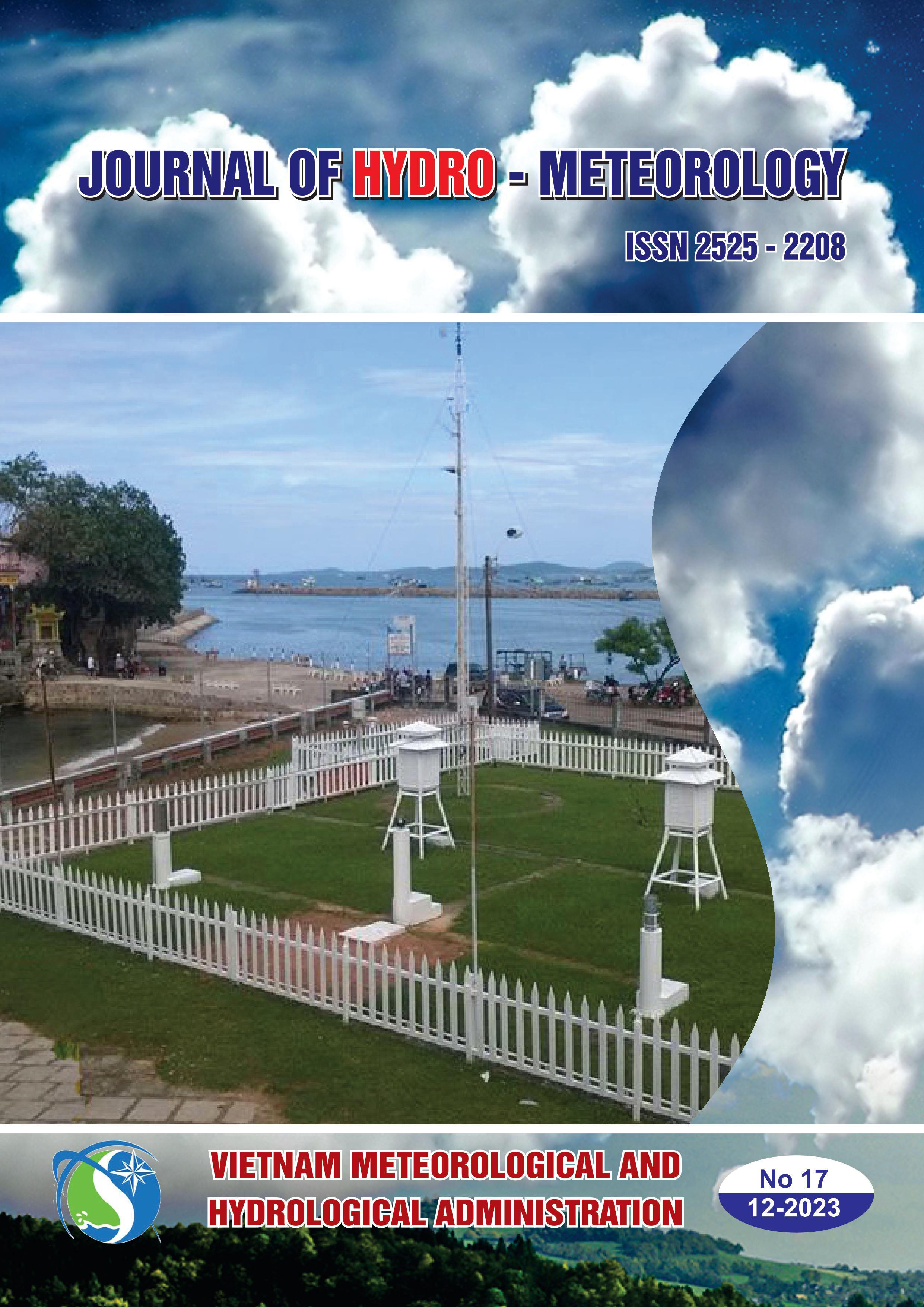
-page-0001.jpg)
-2023.jpg)
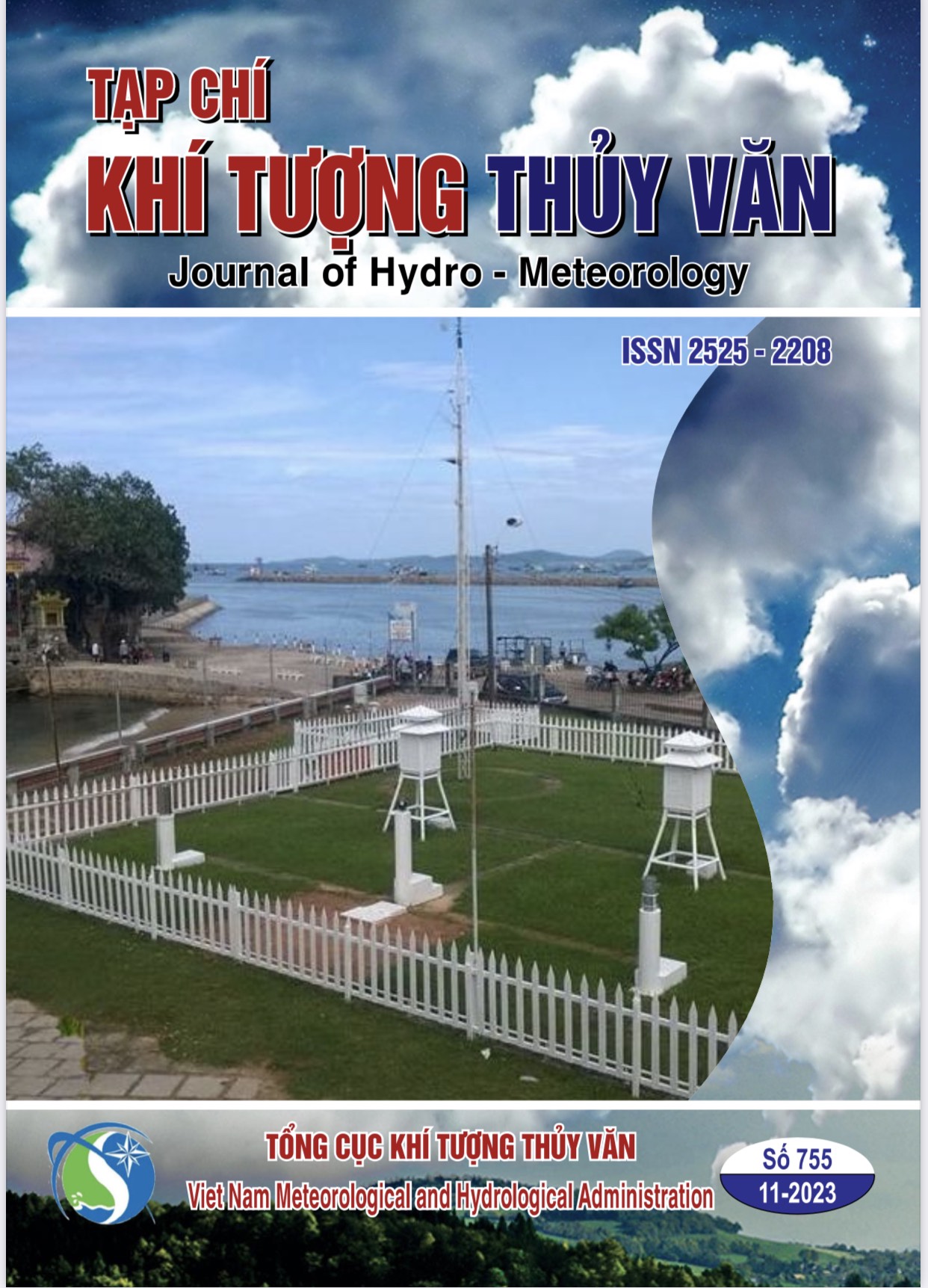
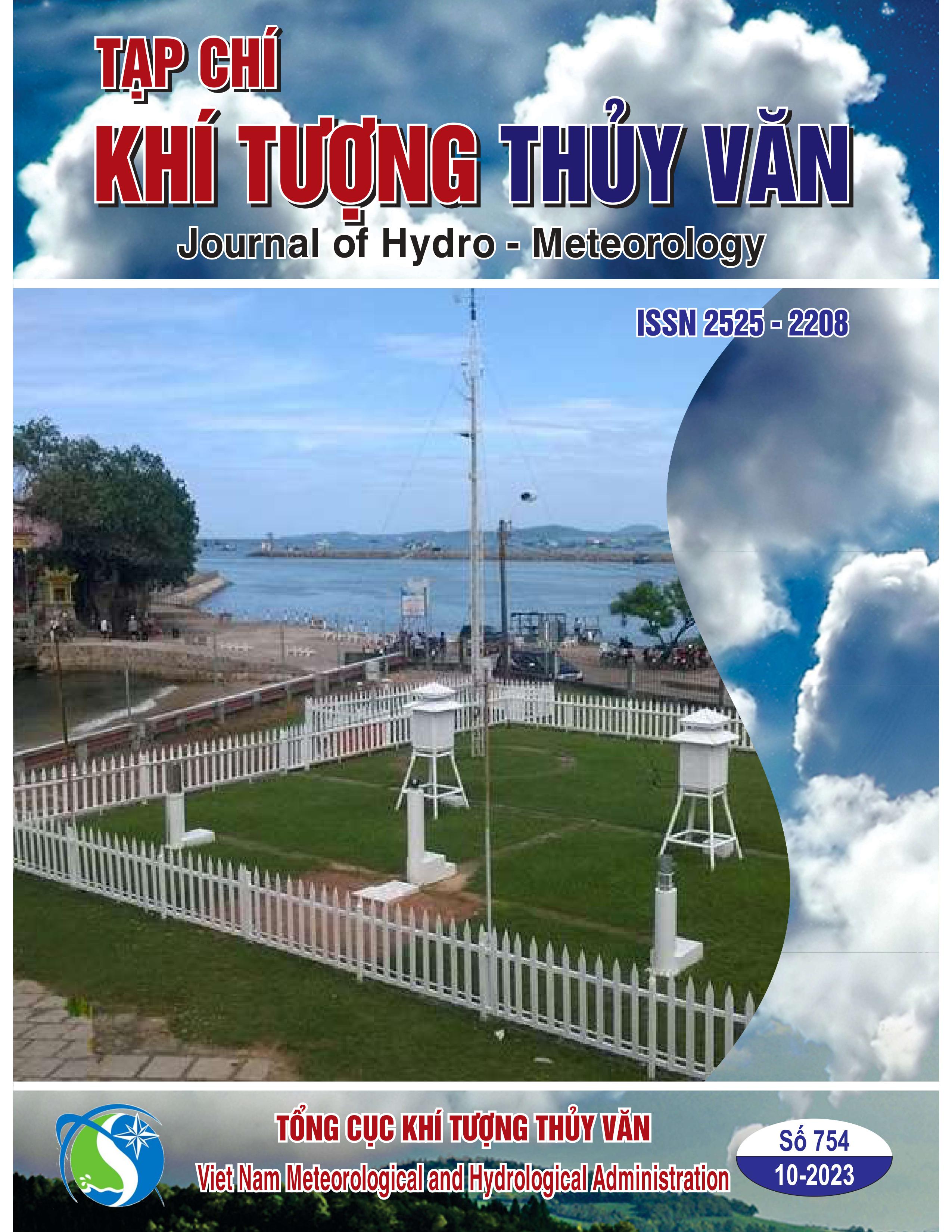
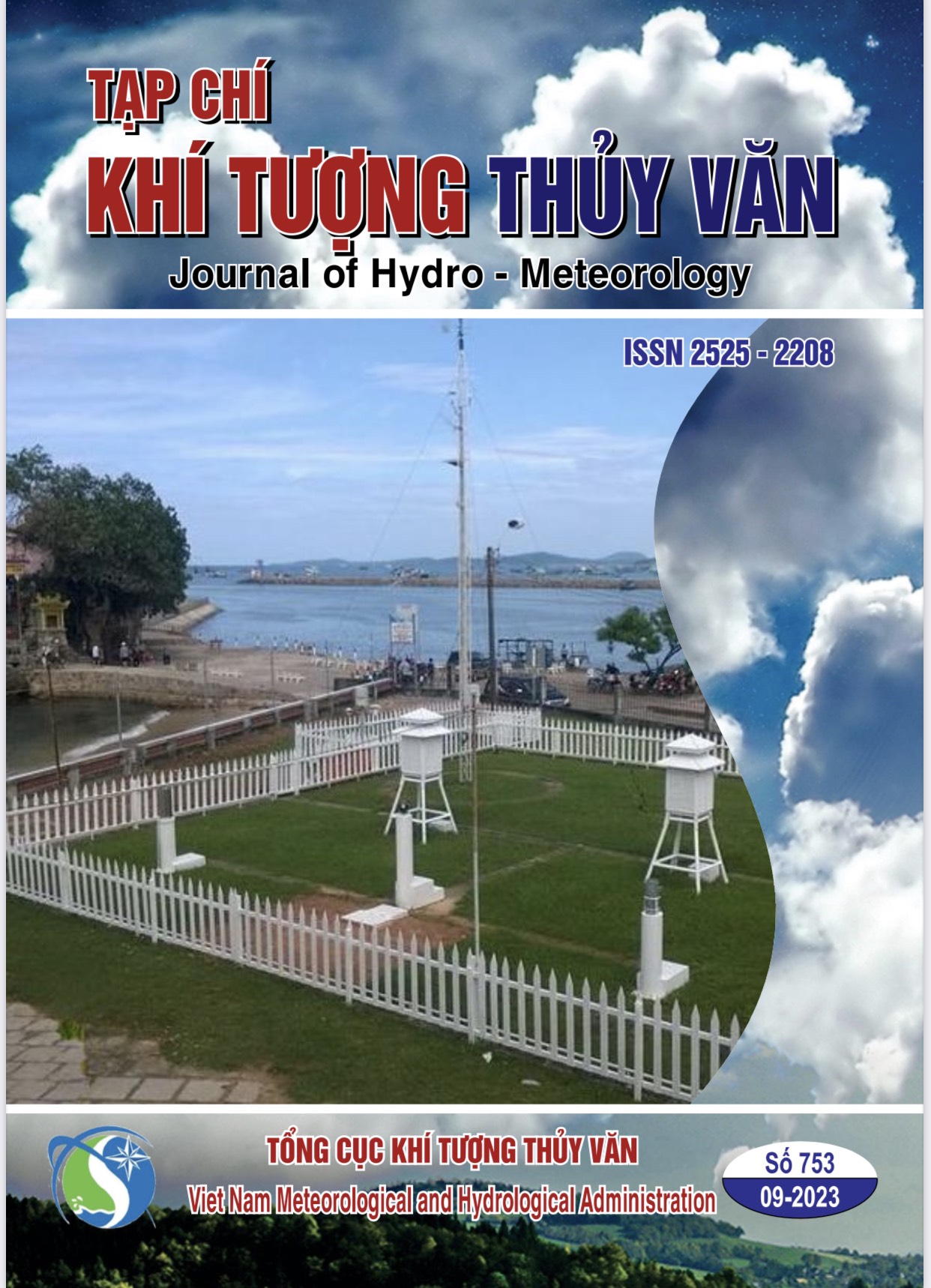
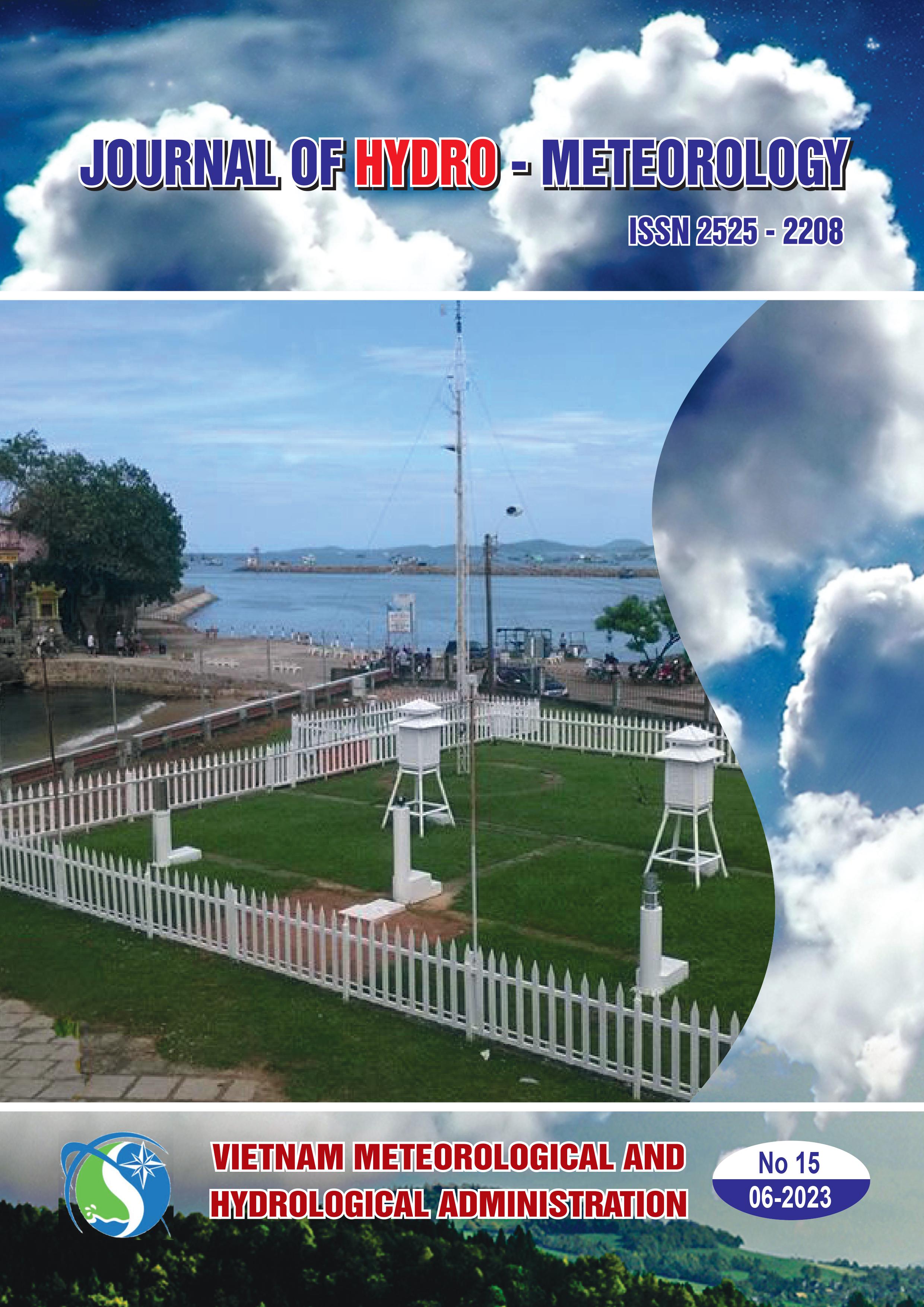
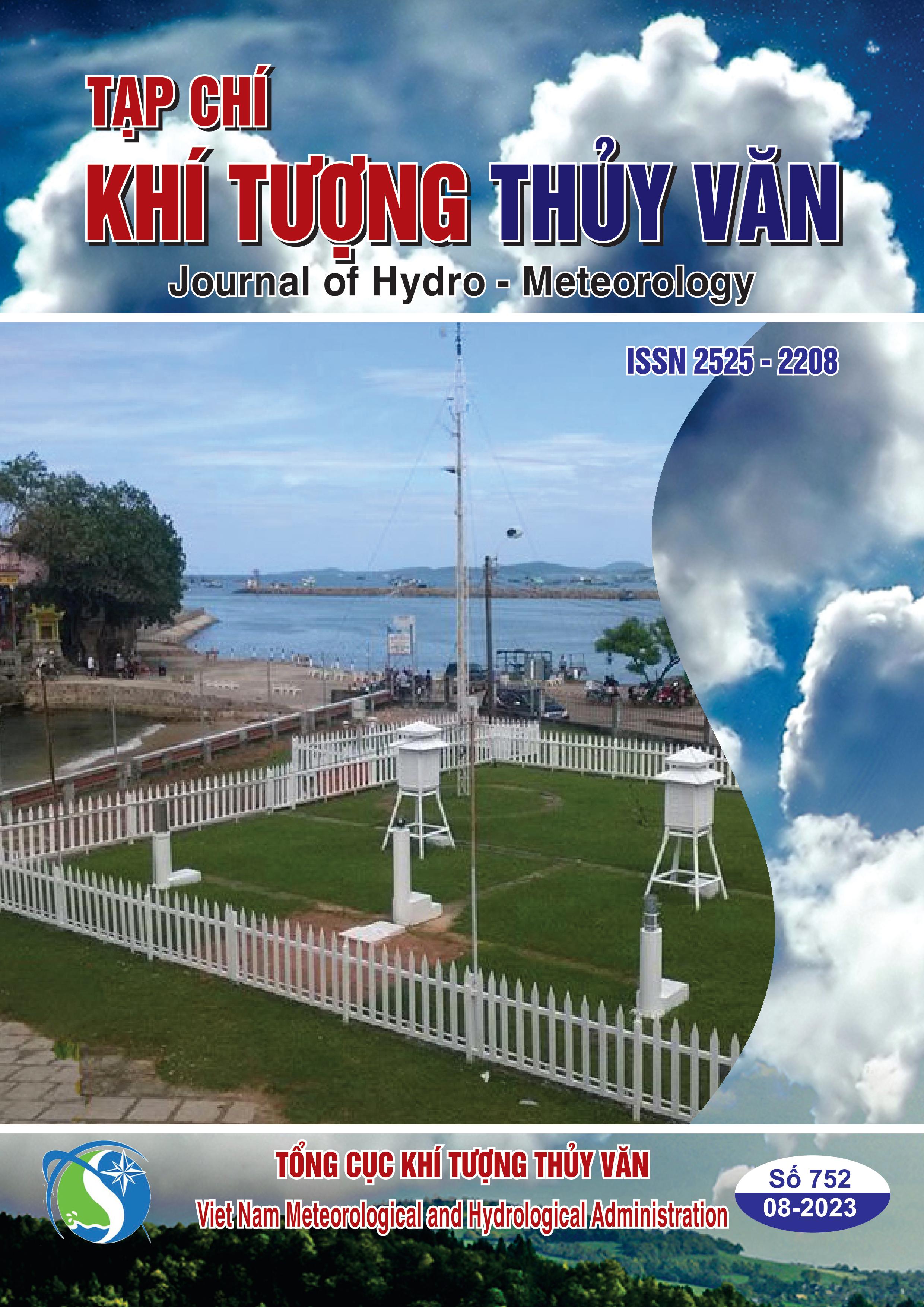
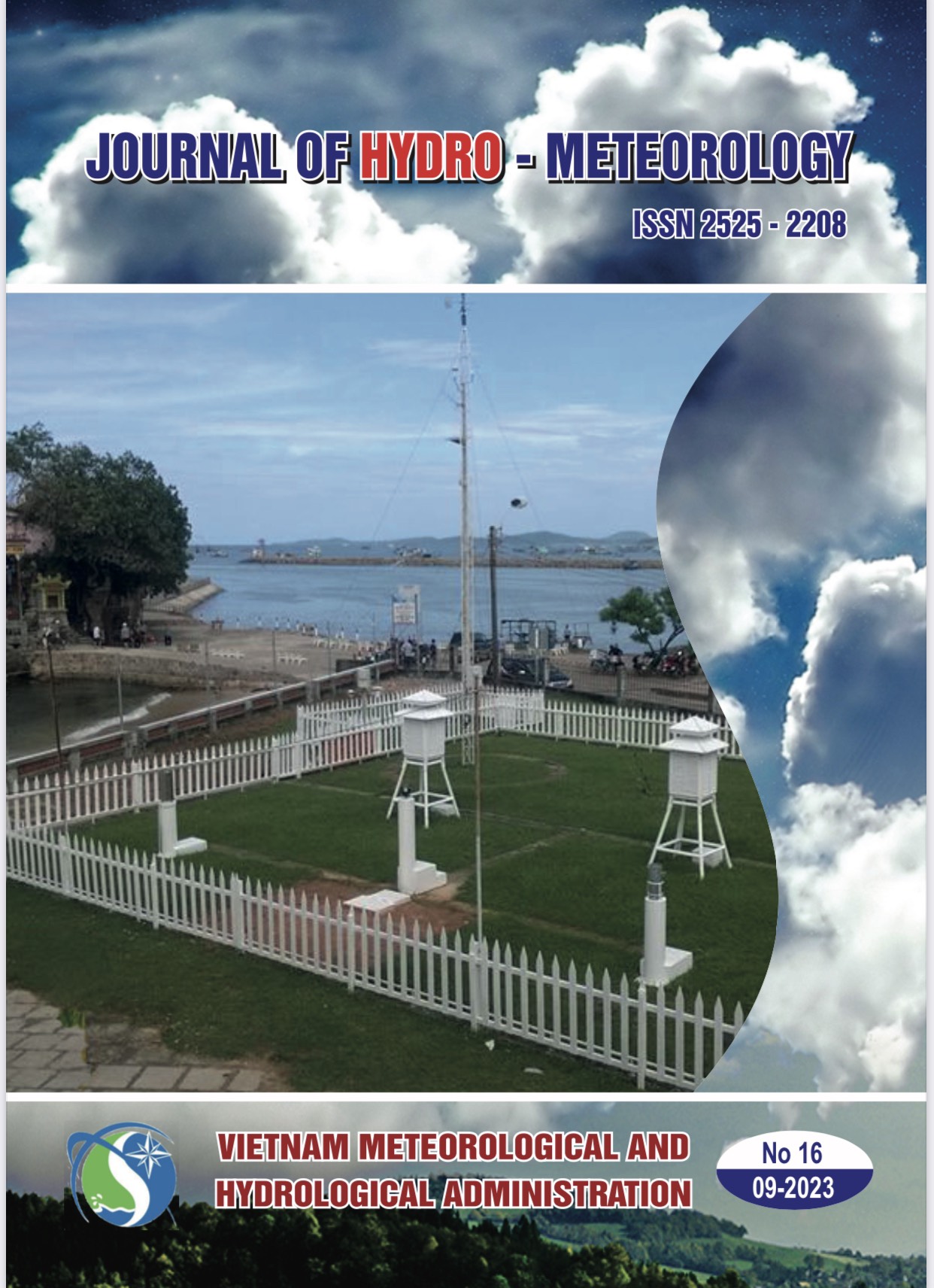
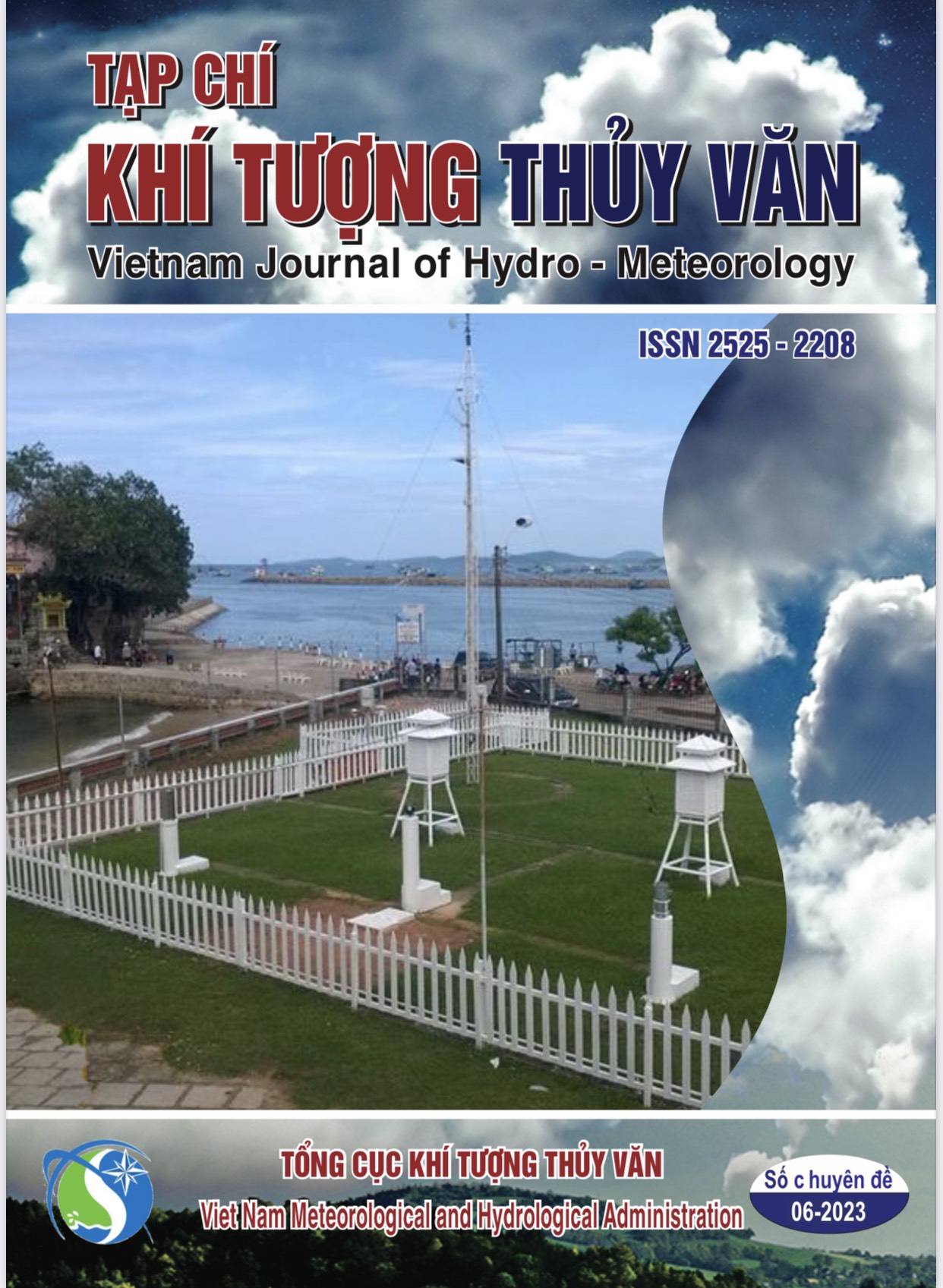


 Tổng cục Khí tượng Thủy văn vừa ban hành Quyết định số 1532/QĐ-TCKTTV về Kế hoạch “Phổ biến, giáo dục pháp luật và truyền thông chính sách có tác động lớn đến xã hội trong quá trình xây dựng văn bản quy phạm pháp luật về khí tượng thủy văn năm 2025”
Tổng cục Khí tượng Thủy văn vừa ban hành Quyết định số 1532/QĐ-TCKTTV về Kế hoạch “Phổ biến, giáo dục pháp luật và truyền thông chính sách có tác động lớn đến xã hội trong quá trình xây dựng văn bản quy phạm pháp luật về khí tượng thủy văn năm 2025” 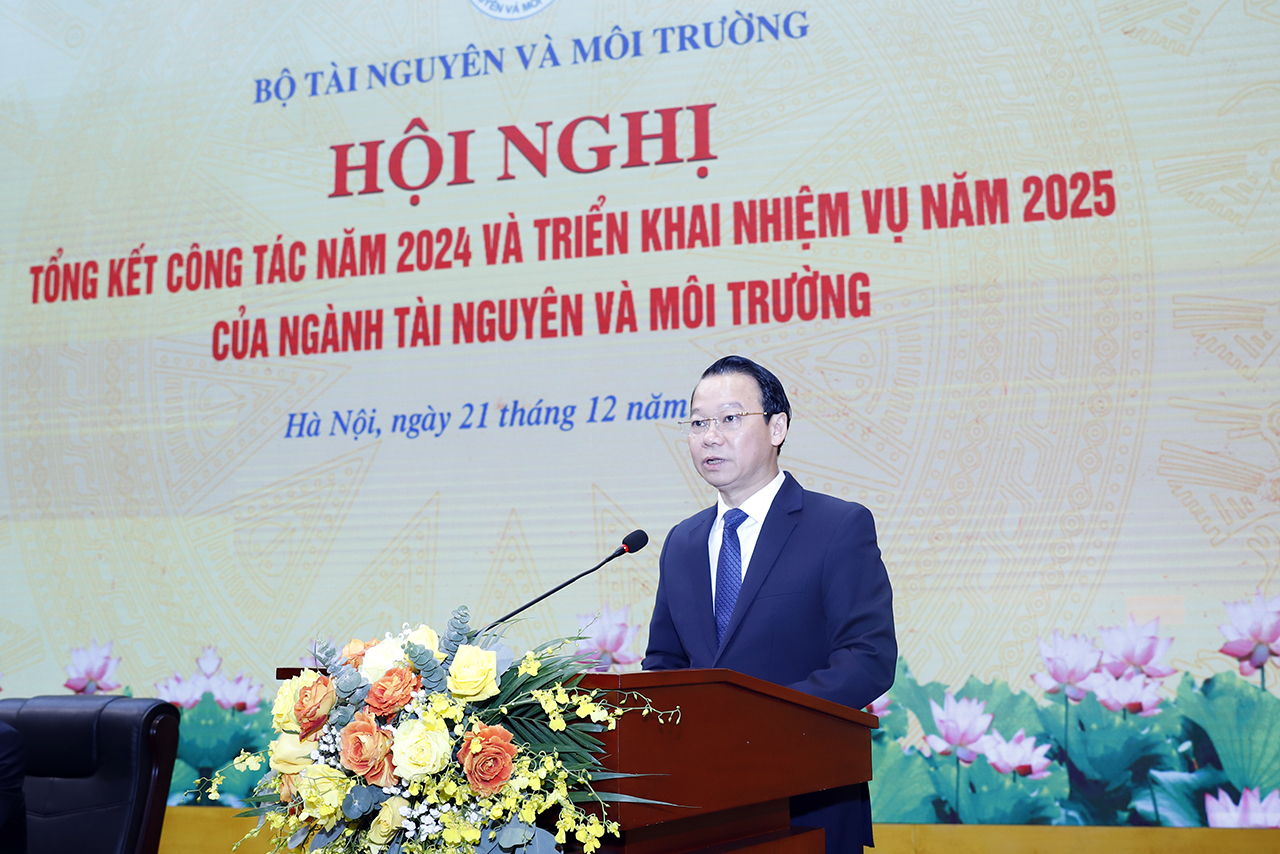
.jpg)
.jpg)
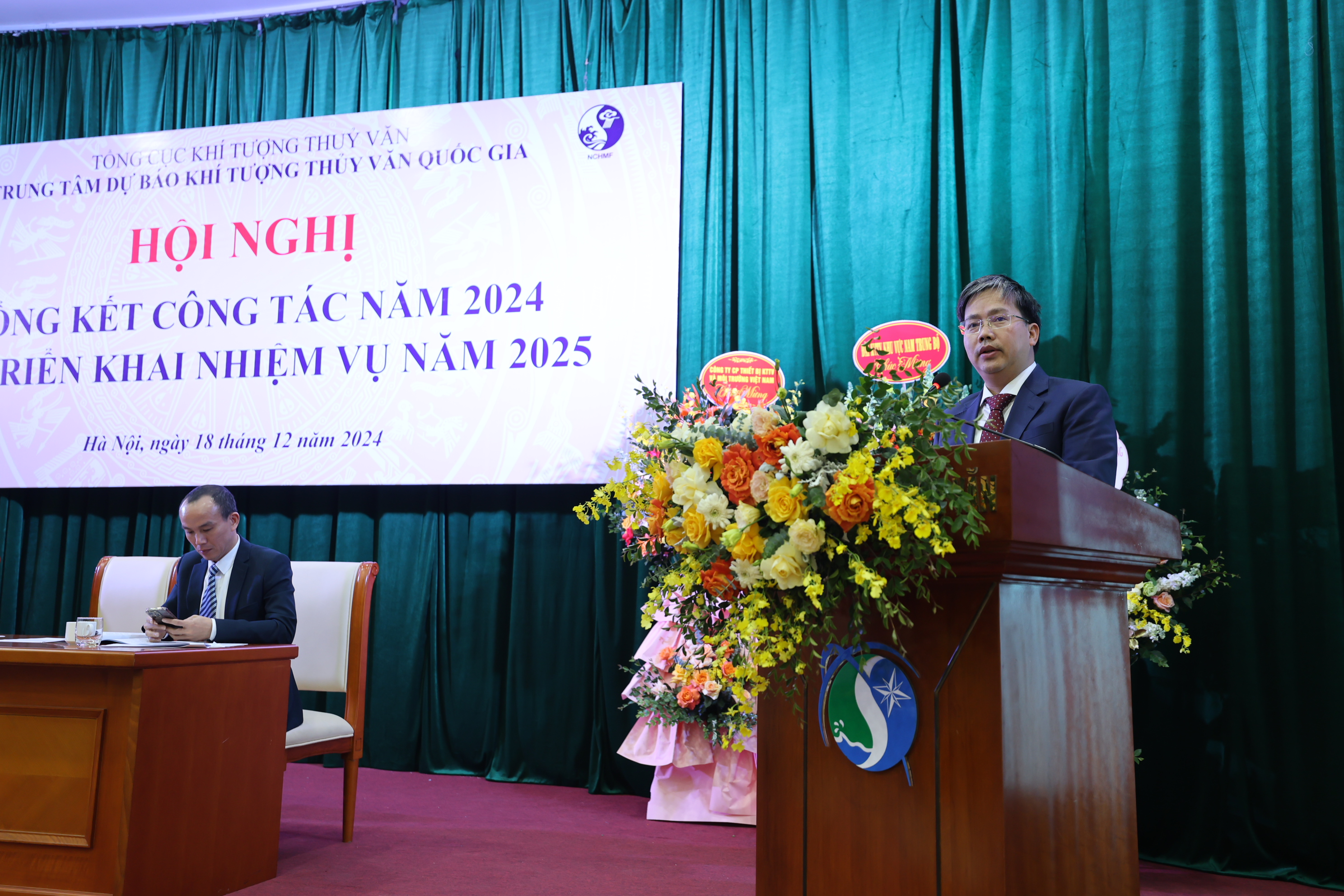
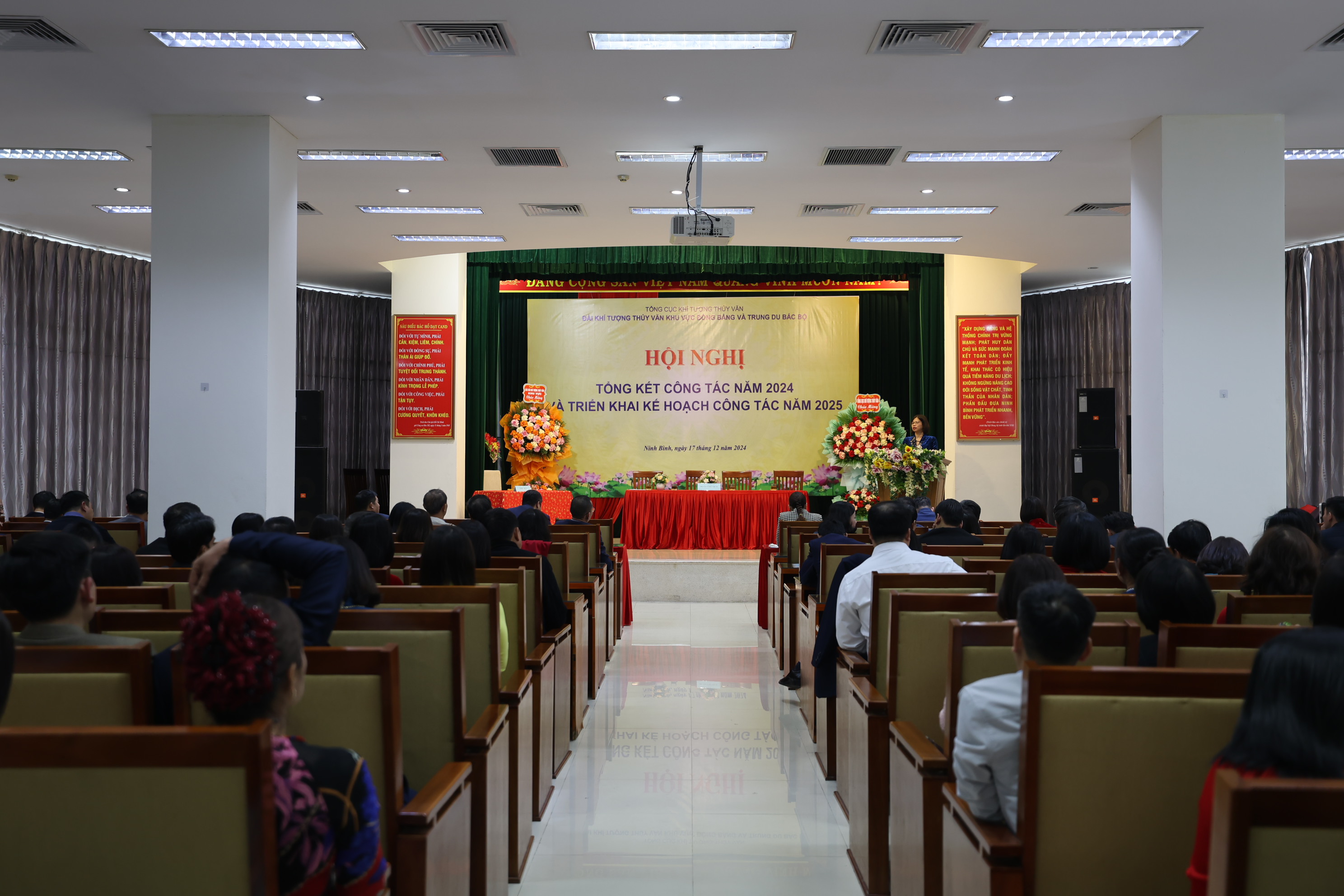
.jpg)
.jpg)